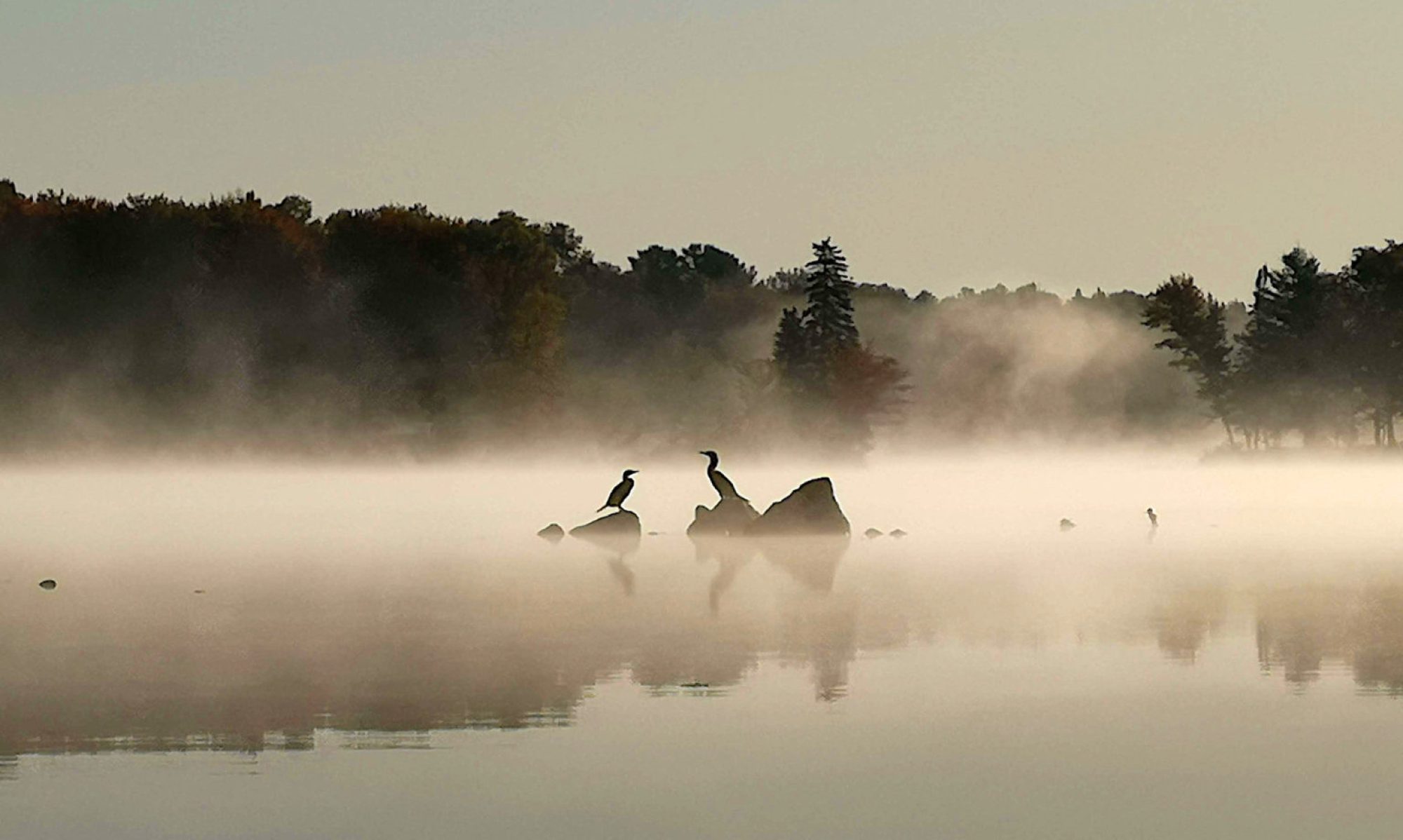Guest poster Mark Drapeau has a piece up on Mashable that looks at what — for the social-media sphere at least — has become an age-old question: should companies and brands be on Twitter? He comes to the conclusion they should not, for a whole bunch of what are very good reasons, including that company names “reduce authenticity and transparency,” and that “brand names and logos, as opposed to full names and user images, are not in the spirit of the Twitterverse.” As he puts it:
“Does anyone really want to talk to @DunkinDonuts? Or would they rather talk to Bill Rosenberg, the founder of Dunkin Donuts of Canton, MA, or perhaps the local franchise owner on Capitol Hill, or a disgruntled but funny summer employee punching in at 4am? People connect with people, and so I think the latter.”
There’s no question that the post raises some good points. But as someone who has been spending a lot of time in my new role at the Globe and Mail thinking about social media and how (or whether) we should be using it, I’m not sure he is completely right. I agree that one of the appealing things about Twitter is the personal aspect, and the ability to connect with someone, even on a somewhat trivial level. But I don’t think that means companies — or brands — can’t use it, just that they have to approach it in the right way.
Obviously, throwing an account like @DunkinDonuts up there and hoping to attract thousands of followers is pretty dumb, just as creating Facebook accounts for the Burger King mascot was kind of dumb (even if it was trumpeted as a huge success). As a number of people have pointed out, no one really wants to interact with Dunkin Donuts on a personal level, apart from the actual process of buying a donut. But what about an account like @Comcastcares? Hundreds of people have interacted with the person (or people) behind that account and been pretty amazed by the response. That’s a good thing, no?
Or look at @ColonelTribune, an account maintained by Daniel Honigman, who works for Tribune Interactive and also writes for the Old Media New Tricks blog (which had some smart thoughts from Robert Quigley of @statesman about Twitter use). The avatar is a cartoon mascot, but there is clearly a human voice behind the posts, and that makes all the difference. Honigman comments on things, introduces links, drops hints about things that are going on at the Tribune, which has a had a pretty busy couple of weeks lately, what with going bankrupt and then being caught up in the Blagojevich debacle. And the Colonel Tribune account clearly helps the paper, I think, if past events are anything to go by.
With one of our most recent Twitter accounts, we’ve tried to walk a similar kind of middle path: Simon Beck, who is in charge of the new Globe Campus site, is now Twittering, and the photo that appears on the account is his — and the voice will most definitely be his — but the actual account name is @GlobeCampus, and it’s clear that he is posting on behalf of the site. I think that’s a pretty good compromise between the personal and the corporate. I’d be interested to hear what others think.
For other perspectives, see this Jeremiah Owyang post and a post from the Future Lab marketing blog about what to do and what not to do. And the Sunday New York Times has a great column about how brands are trying (and in some cases failing) to make use of social networks like Facebook. My friend Alistair Croll also has some interesting thoughts about how Twitter isn’t a site, it’s a protocol.
